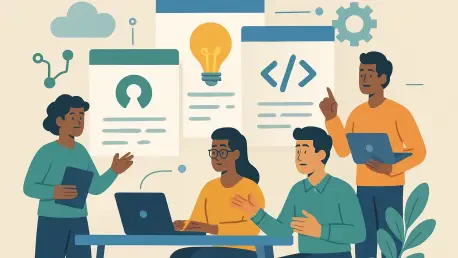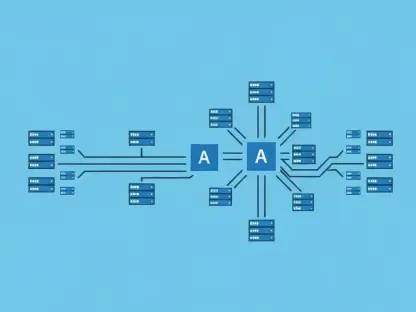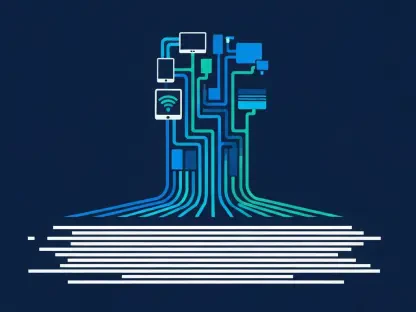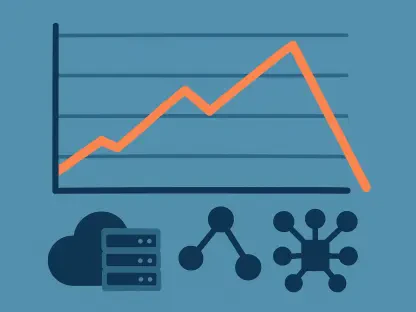In the ever-evolving landscape of technology, open-source software stands as a pillar of innovation, driven by passionate communities and shared collaboration, yet beneath the surface of this collective effort lies a paradox that many projects grapple with. The unchecked acceptance of contributions can lead to complexity and chaos, ultimately threatening a project’s longevity. Experienced maintainers of prominent initiatives like Prefect and Apache Airflow have shed light on a counterintuitive truth—strategic restraint, particularly the ability to decline certain contributions, often serves as the bedrock of sustainability. This concept challenges the notion that more features or code always equate to progress. Instead, it suggests that preserving a clear vision and maintaining focus are vital to ensuring that open-source projects remain relevant and usable over time. By exploring this delicate balance, a deeper understanding emerges of how mindful curation shapes the future of these collaborative endeavors.
The Power of Strategic Restraint
Preserving Core Vision Through Selective Contributions
In open-source development, the temptation to accept every contribution can be strong, as it often feels like a way to foster inclusivity and growth. However, maintainers who have navigated the complexities of long-term projects emphasize that not all additions align with the fundamental purpose or mental model of the software. When features or code are integrated without careful consideration, the result can be a fragmented user experience, increased technical debt, and a codebase that becomes unwieldy for both developers and end users. The key lies in acting as stewards of the project’s vision, curating contributions to ensure they enhance rather than detract from its core abstractions. This selective approach prevents the dilution of purpose, maintaining clarity for those who rely on the software. By prioritizing alignment over volume, maintainers safeguard the project’s integrity, ensuring it remains a coherent tool rather than a patchwork of mismatched ideas that confuse and frustrate.
Balancing Community Dynamics with Firm Boundaries
Saying no to contributions requires more than just a decision—it demands emotional intelligence to preserve community goodwill. Maintainers often face the challenge of rejecting proposals without discouraging enthusiastic contributors who have invested time and effort. A thoughtful approach involves acknowledging the value of the submission while clearly explaining why it doesn’t fit the project’s direction. Redirecting contributors to alternative initiatives or suggesting forks can maintain positive relationships while keeping the project focused. This balance is crucial, as an alienated community can stifle collaboration and innovation. Veteran developers stress that transparent communication about the project’s goals helps set expectations early, reducing the likelihood of conflict. By fostering an environment where rejection is seen as a constructive part of the process, maintainers build trust and encourage contributors to refine their ideas in ways that better align with the shared vision, ultimately strengthening the ecosystem.
Practical Strategies for Sustainable Maintenance
Mitigating Burnout with Clear Guidelines and Delegation
The role of an open-source maintainer often comes with significant psychological and practical burdens, especially for those juggling unpaid contributions alongside full-time careers. The constant influx of pull requests, issues, and community demands can lead to burnout if not managed effectively. To address this, establishing clear contribution guidelines from the outset is essential. These guidelines set expectations that not every submission will be accepted, helping to filter out misaligned proposals before they consume valuable time. Additionally, delegating tasks to trusted community members can distribute the workload, allowing maintainers to focus on high-level decisions rather than routine reviews. Tools like automated testing and standardized issue templates further streamline the process, reducing manual effort. By creating a structured framework for contributions, maintainers can protect their well-being while ensuring the project remains responsive and adaptable to genuine needs.
Transforming Rejections into Opportunities for Growth
Beyond managing workload, the act of saying no can serve as a powerful teaching moment within the open-source community. Rather than viewing rejection as a dead end, maintainers can mentor contributors to better understand the project’s ethos and refine their submissions accordingly. This approach not only improves the quality of future contributions but also builds a collaborative culture rooted in mutual learning. Insights from seasoned leaders highlight the importance of strategic oversight—focusing on vision while empowering others to handle operational tasks. Such mentorship fosters engagement, ensuring that the community remains motivated even in the face of declined proposals. By turning potential setbacks into opportunities for dialogue and development, maintainers cultivate a sense of shared ownership. This dynamic helps sustain long-term involvement, as contributors feel valued and supported, even when their initial ideas don’t make the cut, reinforcing the project’s resilience.
Final Reflections on Mindful Stewardship
Looking back, the journey of open-source projects reveals a profound lesson in the art of curation, where strategic restraint proves to be a cornerstone of enduring success. Maintainers who embrace the discipline of saying no, while pairing it with empathy and clear communication, manage to navigate the challenges of complexity and burnout with remarkable resilience. Their efforts demonstrate that protecting a project’s vision is not a barrier but a bridge to lasting relevance. Moving forward, aspiring stewards can take inspiration from these practices by establishing robust guidelines, leveraging automation, and fostering mentorship within their communities. By viewing each decision as a step toward clarity and usability, they can ensure their projects remain vital in a fast-paced tech landscape. The path ahead calls for a commitment to intentional growth—pruning where necessary to nurture innovation that truly resonates with users and contributors alike.









